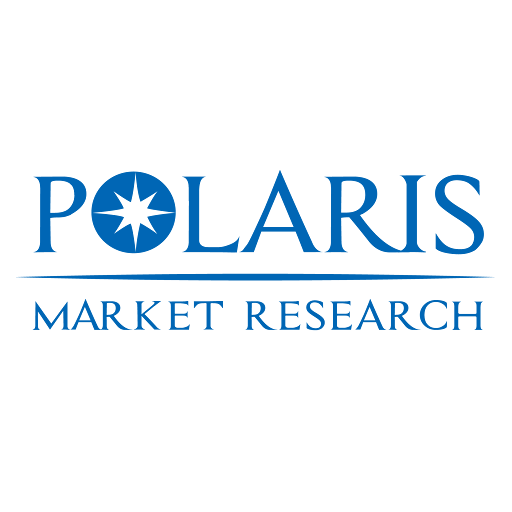-
Новости
- ИССЛЕДОВАТЬ
-
Страницы
-
Группы
-
Мероприятия
-
Reels
-
Статьи пользователей
-
Offers
-
Jobs
-
Форумы
-
Кинозал
Major Players Like SAP SE, Oracle, and Workday Expand Market Footprint with Next-Gen Applicant Tracking Solutions

The global applicant tracking system market, pegged at USD 2.84 billion in 2024 and projected to grow at a 6.9 % CAGR, is increasingly concentrated around leading national markets such as the U.S., China, and Germany. As major talent hubs and technology innovation centers, these countries drive both revenue and R&D spillovers. Against a backdrop of intensifying policy, regulatory tensions, and evolving innovation strategies, the competitive dynamics in these core markets reshape global positioning and investment flows in ATS. Understanding how national policy impact, market share concentration, R&D leadership and strategic positioning interact is key to discerning the competitive moats in ATS.
In the United States, the ATS market is the most mature and revenue-dense of all national markets. Deep adoption across enterprises in tech, finance, healthcare, and service industries, combined with the presence of major HR tech OEMs, gives the U.S. a structural advantage. U.S. firms often lead in R&D investment, AI screening capabilities, predictive analytics, and acquisition strategies. The robustness of the U.S. data infrastructure and favorable capital markets further support scale. In recent years, U.S. providers have acquired niche AI firms, extended partnerships with job-board aggregators, and embedded candidate engagement tools to raise switching costs. The U.S. market also sets the benchmark for user experience expectations, fabricating pull effects in international markets.
China is another key contributor to global ATS revenue, fueled by its large recruitment volumes, rising enterprise digital maturity, growing domestic HR software industry and government encouragement of cloud adoption. The Chinese government’s push for indigenous tech platforms and data localization imposes policy constraints on foreign vendors, but also opens avenues for domestic ATS providers to capture incremental share. Moreover, China’s innovation hubs are producing local algorithms tuned to Chinese language parsing, candidate matching, and marketplace integrations—a nuance that global vendors must reckon with. Germany, as a European stronghold, exercises outsized influence through its regulatory environment (e.g. GDPR, BDSG) and as a technological anchor in Europe. German enterprises often pioneer adoption of localized ATS systems that integrate seamlessly with European HR ecosystems. The German market also serves as a reference node for EU expansion for vendors targeting continental penetration.
Given this country-level distribution, top ATS players calibrate strategy accordingly. Many deploy local R&D centers (for example data science teams in U.S. and Europe, language teams in China) and adapt to national compliance regimes. The national policy impact in China or the EU often forces vendors to partition data flows, invest in regional infrastructure, or institute separate codebases. Share concentration is high in developed markets, reinforcing barriers to entry for local challengers. Companies also engage in strategic positioning—e.g. acquisitions of local firms to shortcut access, partnering with local HR platforms, or establishing regional development hubs to accelerate product localization.
Read More @ https://www.polarismarketresearch.com/industry-analysis/applicant-tracking-system-market
R&D leadership often correlates with market dominance: the ability to embed advanced AI models, bias mitigation, predictive talent analytics and candidate experience innovation gives incumbents defensive moats. Some players maintain competitive advantage via proprietary matching engines, patent portfolios, and early access to sourcing data. Meanwhile, mergers or expansions are strategically employed to consolidate adjacent capabilities—a recruiting marketplace, background screening engine or assessment tool—to broaden the ATS platform horizon.
In terms of trade policy, import/export restrictions on software, data sovereignty laws or vendor registration requirements in key countries put incremental load on vendor compliance. For instance, a U.S. vendor may need to bifurcate architecture to meet China’s data localization rules. Similarly, European procurement regulation sometimes mandates local hosting or certification, favoring players with strong regional infrastructure. In sum, national policy impact and R&D leadership play a central role in shaping which players capture the lion’s share.
Below is a concise listing of dominant players by market share:
• Oracle
• SAP
• iCIMS
• Workday
• IBM
• ADP
• Cornerstone
More Trending Latest Reports By Polaris Market Research:
Anticoagulant reversal Drugs Market
Anticoagulant reversal Drugs Market
Fishing Apparel and Equipment Market
North America and Europe Open RAN Market
- AI
- Vitamins
- Health
- Admin/office jobs
- News
- Art
- Causes
- Crafts
- Dance
- Drinks
- Film
- Fitness
- Food
- Игры
- Gardening
- Health
- Главная
- Literature
- Music
- Networking
- Другое
- Party
- Religion
- Shopping
- Sports
- Theater
- Wellness


